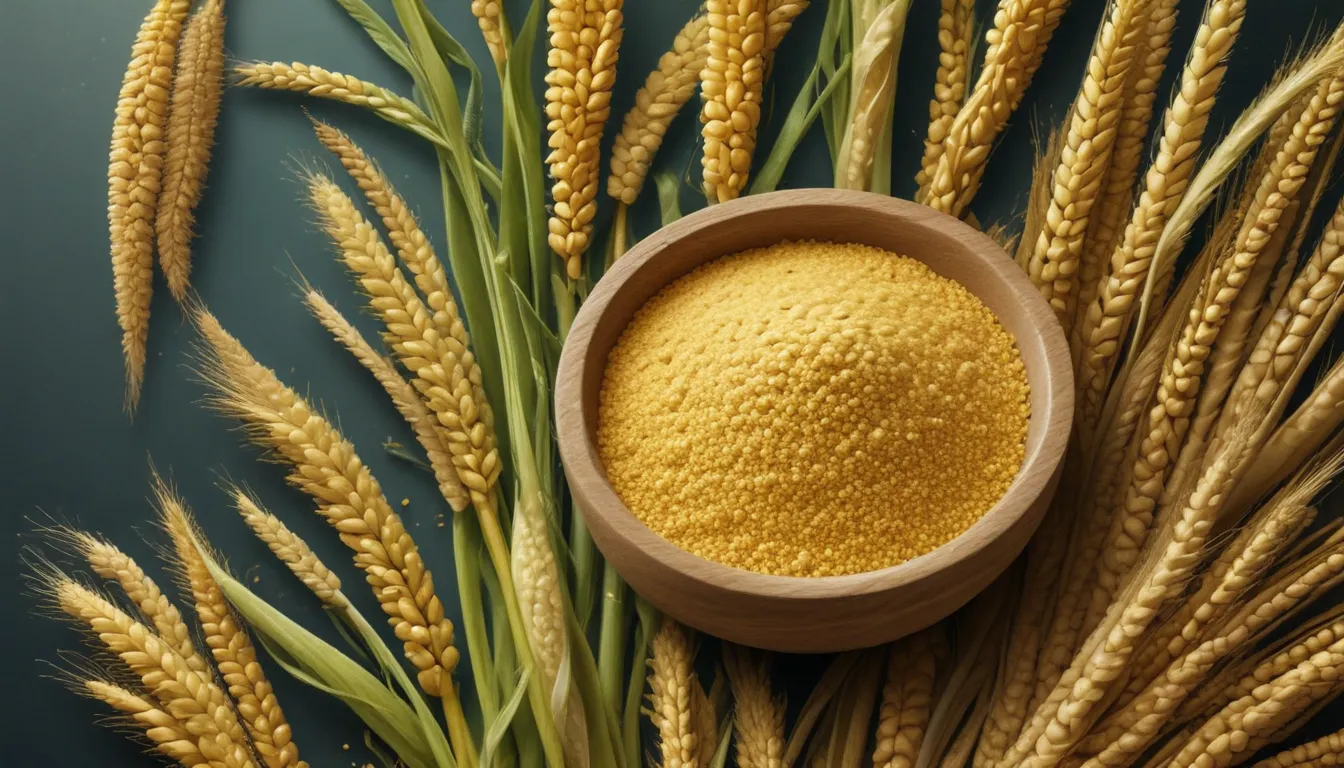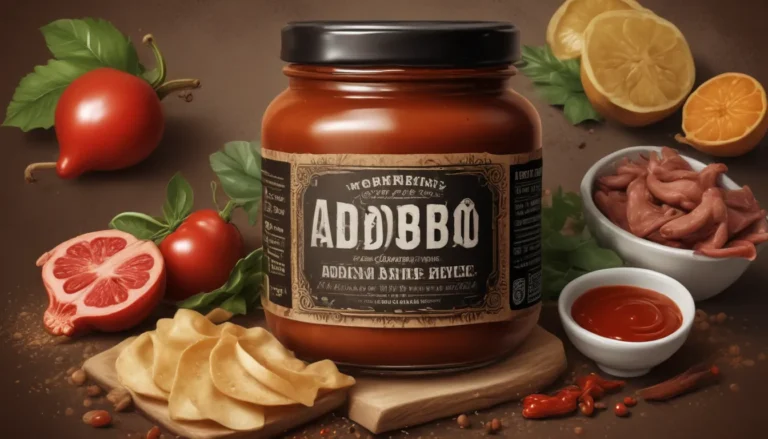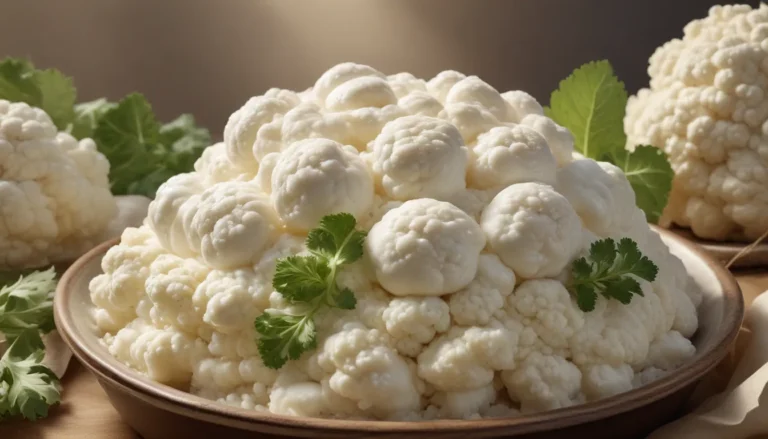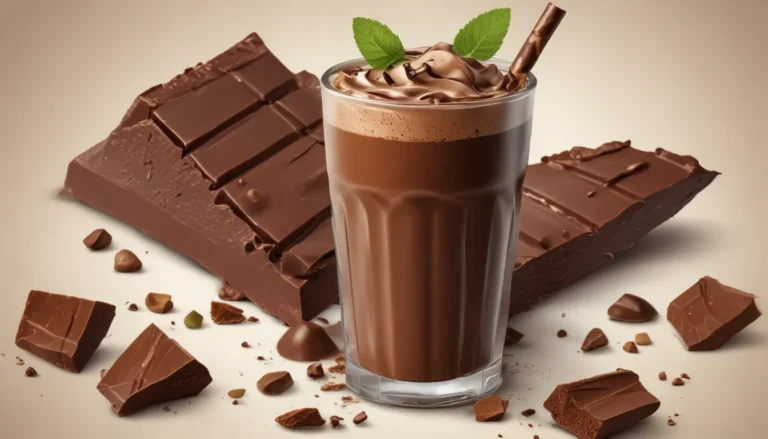The pictures in our articles might not always show exactly what the text is talking about. We use these images to make the article more interesting and eye-catching. They are there to add to the text, but not to replace it or show every detail.
Are you looking to spice up your diet with a healthy and versatile ingredient? Look no further than millet! This ancient grain has been a staple in human diets for thousands of years, offering a wide range of health benefits and culinary possibilities. From its nutritional composition to its historical significance, millet is truly a powerhouse ingredient that deserves a place in your kitchen.
Unveiling the Secret World of Millet
Millet, a versatile and nutritious grain, has captured the hearts of food enthusiasts worldwide. With its gluten-free properties and eco-friendly cultivation, millet is making a name for itself as a sustainable and healthy alternative to traditional grains. Let's delve into the fascinating world of millet and uncover 18 must-know facts that will inspire you to incorporate this powerhouse ingredient into your daily meals.
The Rich History of Millet
Dating back thousands of years, millet has been a vital crop in many cultures around the world. Originally cultivated in Africa and Asia, millet has stood the test of time as a resilient and nutritious grain. This ancient crop has played a crucial role in nourishing communities and sustaining populations in challenging environmental conditions.
The Nutritional Powerhouse of Millet
Millet is not just any ordinary grain – it is a nutritional powerhouse packed with essential nutrients. Rich in fiber, magnesium, and antioxidants, millet offers a wide array of health benefits. Whether you're looking to boost your protein intake or improve your digestion, millet has got you covered with its impressive nutrient profile.
The Culinary Delights of Millet
From traditional African dishes to Indian flatbreads, millet is a versatile grain that can be used in a myriad of culinary creations. Whether you prefer sweet or savory recipes, millet can be incorporated into porridges, salads, soups, and even baked goods. Its mild flavor and fluffy texture make it a versatile ingredient that can elevate any dish.
The Health Benefits of Millet
Millet is not just delicious – it's also incredibly good for you. With its low glycemic index, high fiber content, and antioxidant properties, millet is a fantastic grain for weight loss, blood sugar regulation, and overall wellness. Incorporating millet into your diet can help you nourish your body and support your health in various ways.
Cooking Tips and Tricks for Millet
Curious about how to cook millet? It's easier than you think! Simply rinse the grains, add water, and let them simmer until tender. Millet can be used as a rice substitute, popped like popcorn, or ground into flour for baking. The possibilities are endless when it comes to cooking with millet, so get creative and experiment with this versatile grain.
Embracing Millet in Your Daily Life
Ready to embrace the wonders of millet in your daily meals? Whether you're looking to diversify your diet, improve your health, or support sustainable agriculture, millet is a fantastic choice. With its rich history, nutritional benefits, and culinary versatility, millet offers a world of possibilities for food enthusiasts and health-conscious individuals alike.
FAQs: Your Burning Questions About Millet Answered
- What is millet? Millet is a small-seeded cereal grain that is widely grown and consumed around the world. It comes in various forms, such as pearl millet, foxtail millet, finger millet, and more.
- Is millet gluten-free? Yes, millet is naturally gluten-free, making it an excellent option for individuals with gluten sensitivities or celiac disease.
- How do I cook millet? To cook millet, rinse it under cold water, add water, and simmer until tender.
- What are the health benefits of millet? Millet is packed with essential nutrients that support digestion, weight management, and overall wellness.
- How can I incorporate millet into my diet? Use millet as a rice substitute, in soups or stews, or in baked goods like muffins or bread.
- Is millet suitable for weight loss? Yes, millet's high fiber content and low glycemic index make it a great addition to a weight loss diet.
- Can millet be consumed by people with diabetes? Yes, millet is considered a diabetic-friendly grain due to its low glycemic index.
- Is millet safe for individuals with nut allergies? Yes, millet is a safe option for individuals with nut allergies.
Embrace the Magic of Millet Today!
Millet may be small in size, but it packs a punch when it comes to nutrition and flavor. Whether you're looking to enhance your cooking skills, improve your health, or support sustainable agriculture, millet is a fantastic choice. Explore the world of millet and discover the endless possibilities that this ancient grain has to offer. Let millet inspire you to create delicious, nutritious meals that nourish your body and delight your taste buds. Start your millet journey today and experience the wonders of this versatile and nutritious grain!






